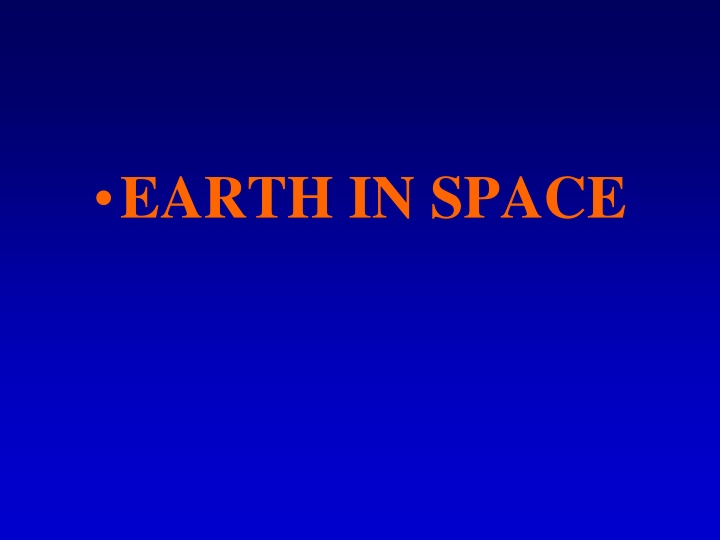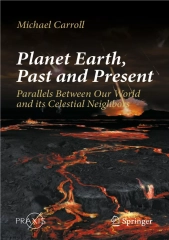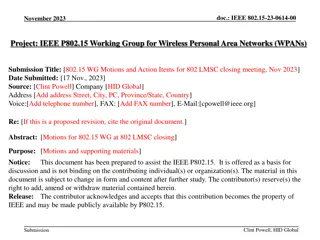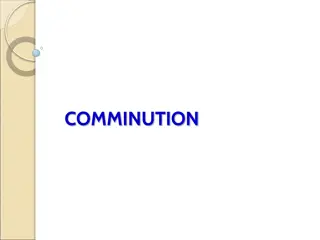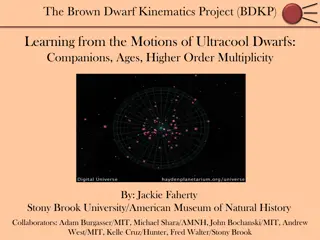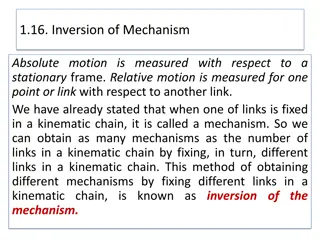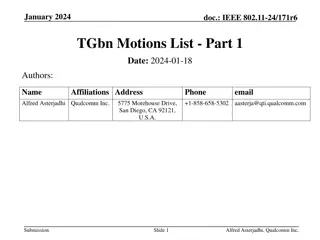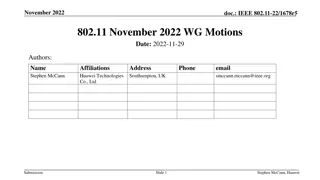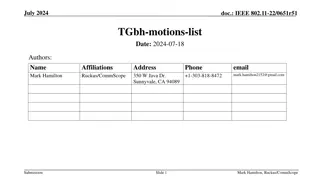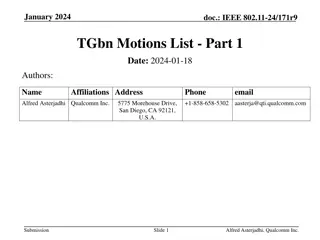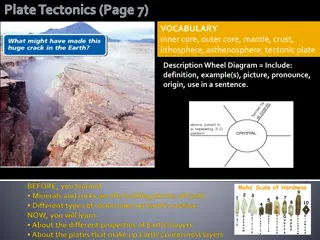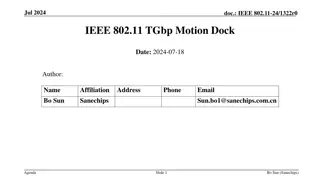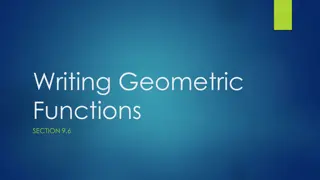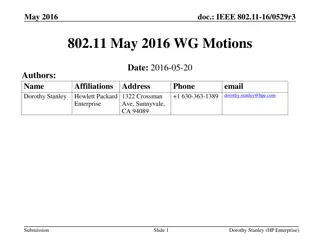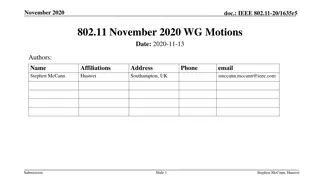Unveiling Earth: Exploring the Planet's Shape, Size, and Motions
Delve into Earth's fascinating characteristics through images and insights. Discover how ancient thinkers like Eratosthenes calculated its circumference, the reasons why it was believed to be a perfect sphere, and modern findings revealing its oblate nature with poles of different heights. Explore Earth's rotations and orbits within the solar system, gaining a deeper understanding of our home planet's place in the cosmos.
Download Presentation

Please find below an Image/Link to download the presentation.
The content on the website is provided AS IS for your information and personal use only. It may not be sold, licensed, or shared on other websites without obtaining consent from the author.If you encounter any issues during the download, it is possible that the publisher has removed the file from their server.
You are allowed to download the files provided on this website for personal or commercial use, subject to the condition that they are used lawfully. All files are the property of their respective owners.
The content on the website is provided AS IS for your information and personal use only. It may not be sold, licensed, or shared on other websites without obtaining consent from the author.
E N D
Presentation Transcript
Artist's concept of the solar system. Shown are the orbits of the planets, Earth being the third planet from the Sun, and the other planets and their relative sizes and distances from each other and to the Sun. Also shown is the solar system as seen looking toward Earth from the Moon.
Earth undergoes many different motions as it moves through space. There are seven more conspicuous motions, three of which are more obvious on the surface. Earth follows the path of a gigantic helix, moving at fantastic speeds as it follows the Sun and the galaxy through space.
Eratosthenes calculated the size of Earth's circumference after learning that the Sun's rays were vertical at Syene at noon on the same day they made an angle of a little over 7Oat Alexandria. He reasoned that the difference was due to Earth's curved surface. Since 7Ois about 1/50 of 360O, then the size of Earth's circumference had to be fifty times the distance between the two towns. (The angle is exaggerated in the diagram for clarity.)
The solar system is a disk shaped nebula with a turning, swirling motion. Plane of the ecliptic Ancient Greeks though the Earth was round due to: Since a sphere was perfect as was the Earth, it made perfect sense that the Earth should be a sphere. The Earth cast a circular shadow on the moon during a lunar eclipse. As ships sailed away they were observed to disappear over the horizon.
The Earth is not round. It is now known that the Earth is not a perfect sphere. The Earth is actually oblate. Flattened at the poles. Has an equatorial bulge. The North Pole is slightly higher and the South Pole slightly lower than the average surface The Equator has a bulge and the Pacific Ocean and a depression at the Indian Ocean.
Earth has an irregular, slightly lopsided, slightly pear-shaped form. In general, it is considered to have the shape of an oblate spheroid, departing from a perfect sphere as shown here.
The position of the Sun on the celestial sphere at the solstices and the equinoxes.
Introduction The Earth has 3 motions that are independent of the motion of the Sun and the Galaxy The Earth has a yearly rotation around the Sun The Earth rotates on its axis once approximately every 24 hours. The Earths axis wobbles slowly as it revolves.
As is being demonstrated in this old woodcut, Foucault's insight helped people understand that the earth turns. The pendulum moves back and forth without changing its direction of movement, and we know this is true because no forces are involved. We turn with the earth and this makes the pendulum appear to change its plane of rotation. Thus we know the earth rotates.
The Foucault pendulum swings back and forth in the same plane while a stool is turned beneath it. Likewise, a Foucault pendulum on the earth's surface swings back and forth in the same plane while the earth turns beneath it. The amount of turning observed depends on the latitude of the pendulum.
Revolution Earth s orbit is slightly elliptical and requires approximately one year to complete. All points in the Earth s orbit form a plant called the plane of the ecliptic The average distance from the Sun to the Earth is 150 million km (about 93 million mi). The Earth moves fastest when it is closest to the Sun at perihelion, in January, and moves slowest when it is farthest from the Sun in aphelion, in July
Solstices Summer Solstice Occurs about June 22 The Sun at noon has the highest altitude. Winter Solstice Occurs about December 22. The noon Sun has the lowest altitude
The consistent tilt and orientation of Earth's axis as it moves around its orbit is the cause of the seasons. The North Pole is pointing toward the Sun during the summer solstice and away from the Sun during the winter solstice.
Equinox When the Sun is halfway between the Summer and Winter Solstice At this time the Earth s axis is perpendicular to line between the center of the Sun and Earth and daylight and night are of equal length. Spring Equinox Occurs on March 21 Beginning of Spring Autumnal Equinox Occurs on September 23 Beginning of Fall
The length of daylight during each season is determined by the relationship of Earth's shadow to the tilt of the axis. At the equinoxes, the shadow is perpendicular to the latitudes, and day and night are of equal length everywhere. At the summer solstice, the North Pole points toward the Sun and is completely out of the shadow for a twenty-four-hour day. At the winter solstice, the North Pole is in the shadow for a twenty-four-hour night. The situation is reversed for the South Pole.
Rotation We know that the Earth rotates due to The other planets rotate A pendulum changes its plane at different latitudes The observation of something moving above the Earth s surface, such as a jet. The rotation of the Earth causes the Coriolis Effect which is an apparent deflection of moving objects to the right in the Northern Hemisphere and to the left in the Southern Hemisphere.
The earth has a greater rotational velocity at the equator and less toward the poles. As an object moves north or south (A), it passes over land with a different rotational velocity, which produces a deviation to the right in the Northern Hemisphere (B) and to the left in the Southern Hemisphere.
Precession This is the slow wobble of the Earth on its axis Causes the Earth to swing in a slow circle like a top.
A spinning top wobbles as it spins, and the axis of the top traces out a small circle. The wobbling of the axis is called precession.
The slow, continuous precession of the earth's axis results in the North Pole pointing around a small circle over a period of about 26,000 years.
Identifying Place The Earth s axis identifies the north-south referent East west parallel circles on the Earth are called parallels The distance from the equator to a point on a parallel is called a latitude. North south running arcs are called meridians. The Prime meridian is the referent meridian that runs through Greenwich Observatory near London, England. The distance from the prime meridian east or west is the Longitude.
Any location on a flat, two-dimensional surface is easily identified with two references from two edges. This technique does not work on a motionless sphere because there are no reference points.
A circle that is parallel to the equator is used to specify a position north or south of the equator. A few of the possibilities are illustrated here.
If you could see to the earth's center, you would see that latitudes run from 0Oat the equator north to 90Oat the North Pole (or to 90Osouth at the South Pole).
Meridians run pole to pole perpendicular to the parallels and provide a reference for specifying east and west directions.
If you could see inside the earth, you would see 360Oaround the equator and 180Oof longitude east and west of the prime meridian.
Some parallels are important for climate changes Tropic of Cancer 23.5ON parallel Tropic of Capricorn 23.5OS parallel Both of these are the parallels where the limit of the tilt of the Earth toward the Sun is reached. Artic Circle 66.5 ON Antarctic Circle 66.5OS These two parallels identify the limits to where the Sun appears above the horizon all day during the summer time
At the summer solstice, the noon Sun appears directly overhead at the tropic of Cancer (23.5(N) and twenty-four hours of daylight occurs north of the Arctic circle (66.5(N). At the winter solstice, the noon Sun appears overhead at the tropic of Capricorn (23.5(S) and twenty-four hours of daylight occurs south of the Antarctic circle (66.5(S).
Measuring Time Daily time A sidereal day is 23 hours, 56 minutes, and 4 seconds This corresponds to the interval between two crossings of the celestial meridian by a particular star. A mean solar day is 24 hours long
A sundial indicates the apparent local solar time at a given instant in a given location. The time read from a sundial, which is usually different from the time read from a clock, is based on an average solar time.
Yearly time The time required for the Earth to make one complete revolution around the Sun. A tropical year is the time between two spring equinoxes A sidereal year is the time required for the Earth to move around the Sun once. A sidereal year is 365.25636 mean solar days. This leaves about of a day per year unaccounted for. The Julian calendar accounts for this by adding a day every 4thyear. The Gregorian calendar drops the leap year 3 out of four century years.
Because earth is moving in orbit around the sun, it must rotate an additional distance each day, requiring about 4 minutes to bring the sun back across the celestial meridian (local solar noon). This explains why the stars and constellations rise about 4 minutes earlier every night.
(A)During a year, a beam of sunlight traces out a lopsided figure eight on the floor if the position of the light is marked at noon every day. (B) The location of the point of light on the figure eight during each month.
The path of the Sun's direct rays during a year. The Sun is directly over the tropic of Cancer at the summer solstice and high in the Northern Hemisphere sky. At the winter solstice, the Sun is directly over the tropic of Capricorn and low in the Northern Hemisphere sky.
The difference in sundial time and clock time throughout a year as a consequence of the shape of the earth's orbit. This is not the only factor that causes a difference in the two clocks.
The difference in sundial time and clock time throughout a year as a consequence of the angle between the plane of the ecliptic and the plane of the equator.
The equation of time, which shows how many minutes sundial time is faster or slower than clock time during different months of the year.
The standard time zones. Hawaii and most of Alaska are two hours earlier than Pacific Standard Time.
The international date line follows the 180O meridian but is arranged in a way that land areas and island chains have the same date.
As the Moon moves in its orbit around Earth, it must revolve a greater distance to bring the same part to face Earth. The additional turning requires about 2.2 days, making the synodic month longer than the sidereal month.
Monthly time The current calendar divides the year into 12 months (unequal) A sidereal month is about 27 days which is the time it takes for two consecutive crossings of any star. A synodic month is 29 days which is the interval between two new Moons.
Composition and features Covered by 3 m of fine gray dust with microscopic glass beads. Rocks are mostly basalt Contains a significant amount of radioactive materials Crust is about 65 km (40 mi) on the side that faces the Earth and twice that thick on the side that faces away from the Earth There is a molten core at about 900 km (600 mi) beneath the surface.
You can easily see the light- colored lunar highlands, smooth and dark maria, and many craters on the surface of Earth's nearest neighbor in space.
